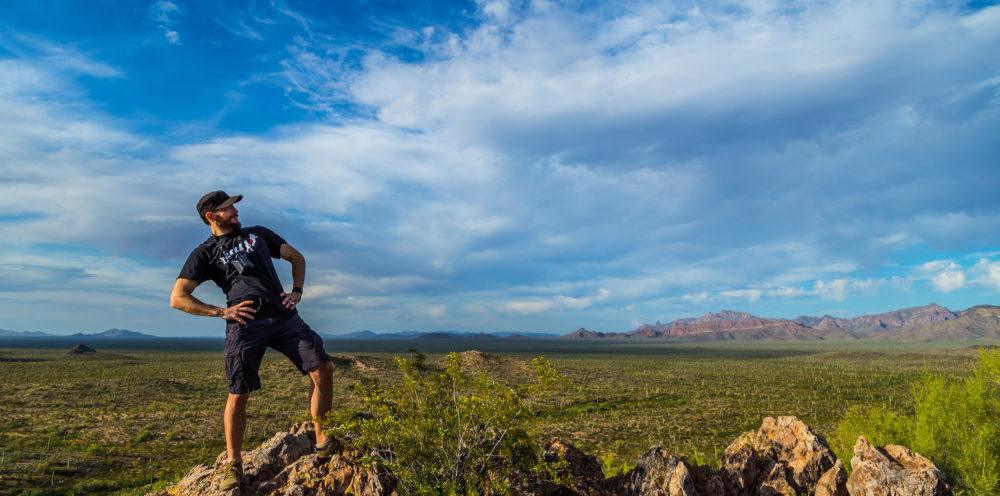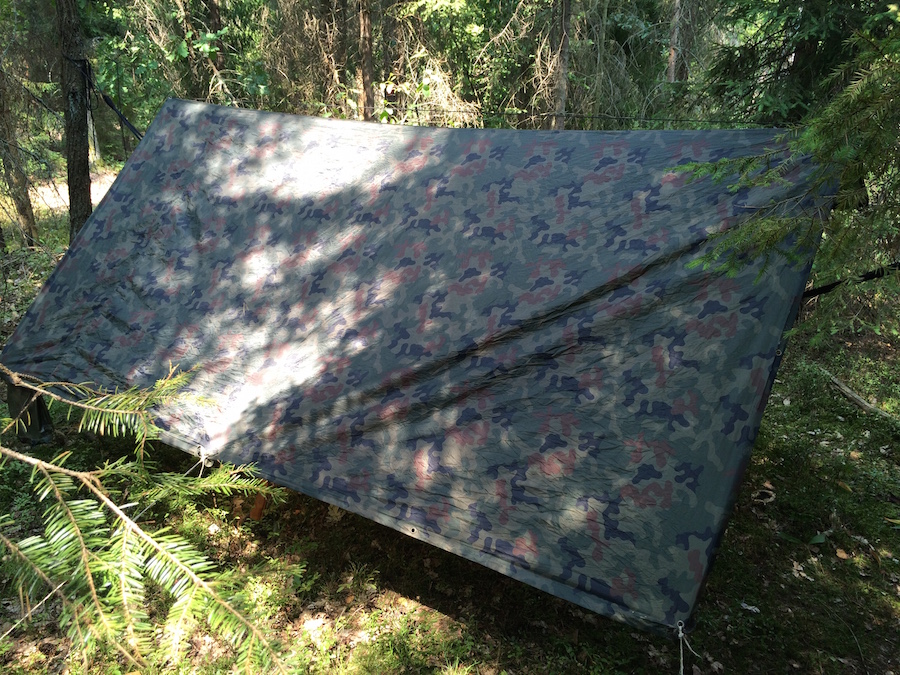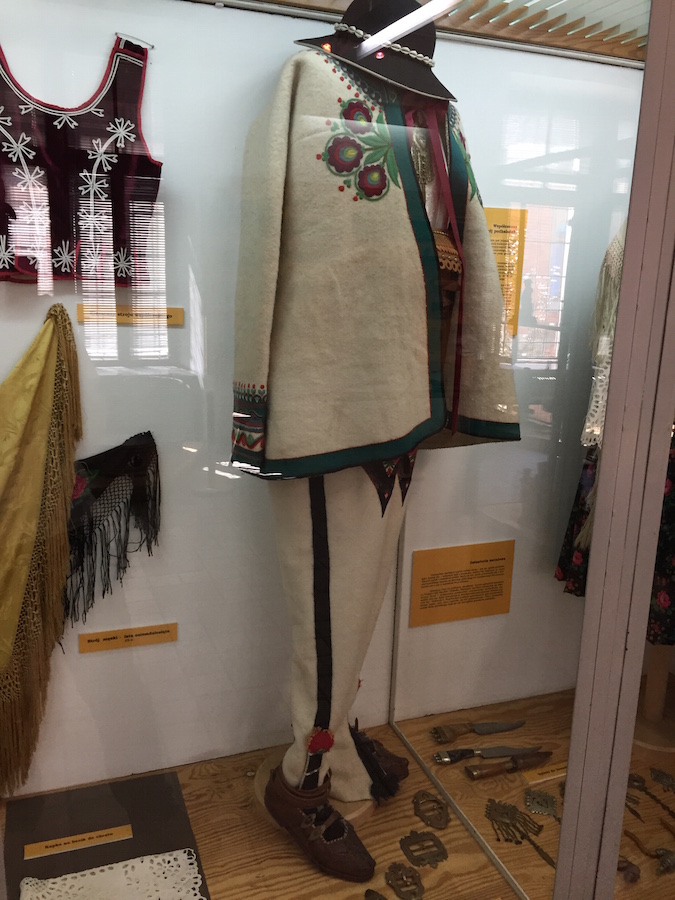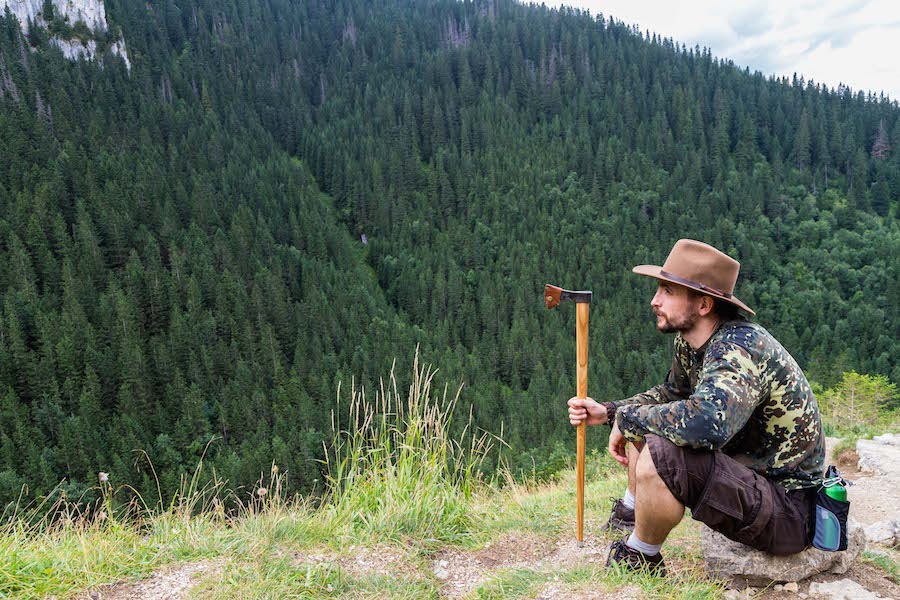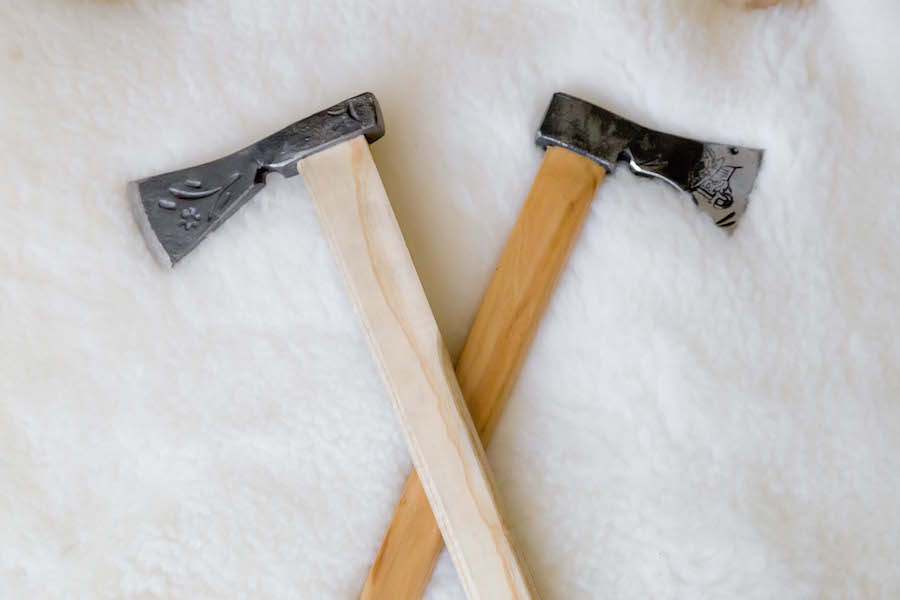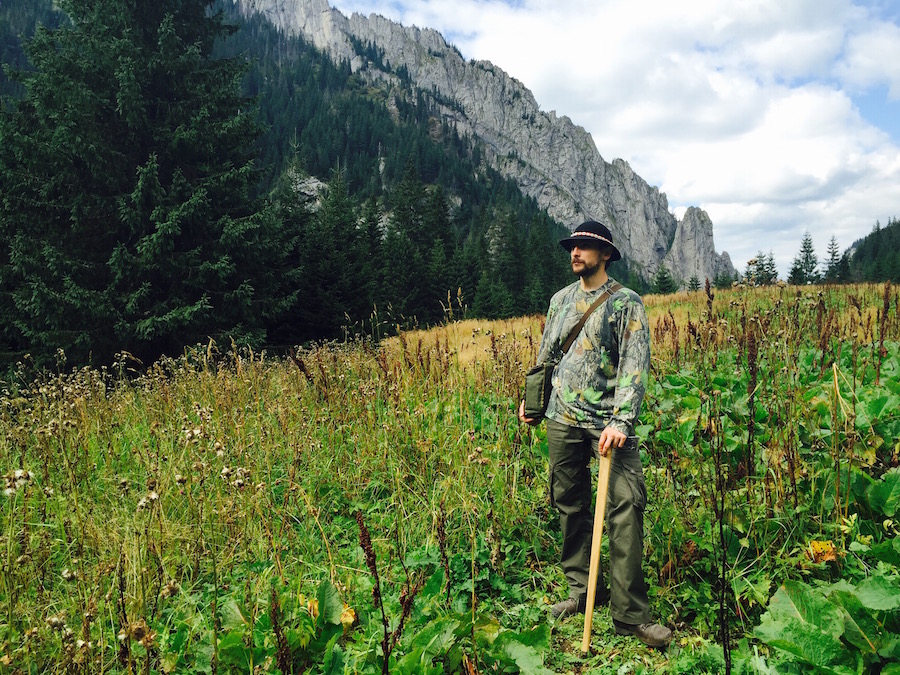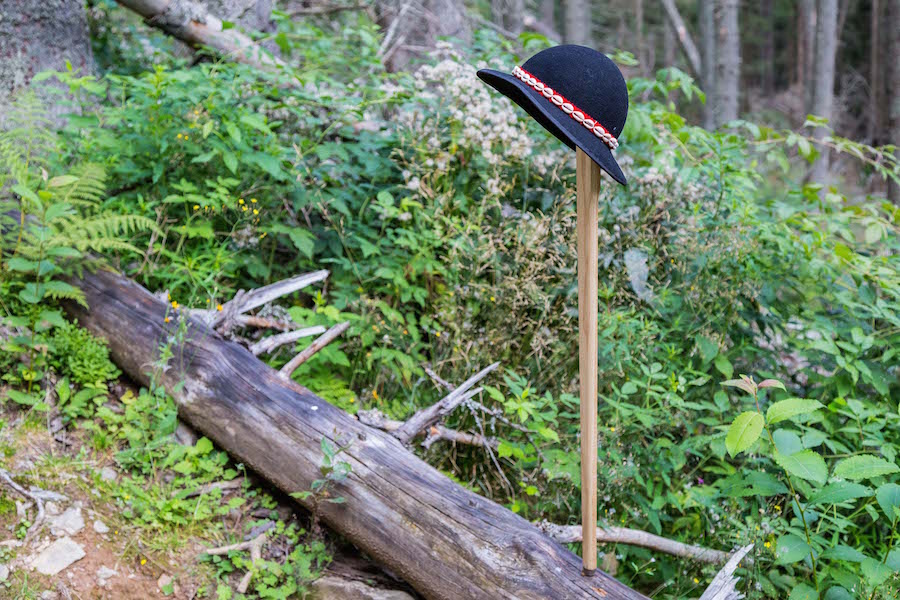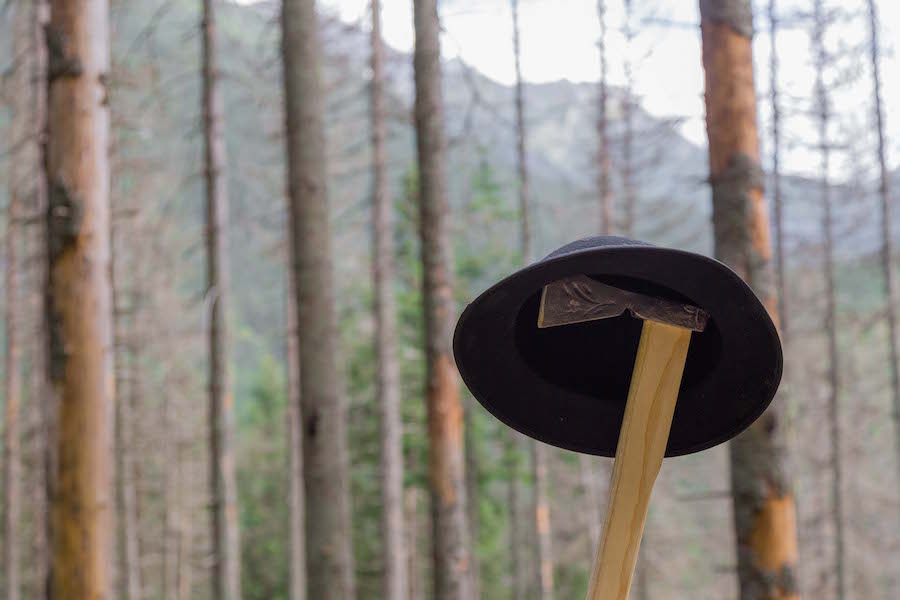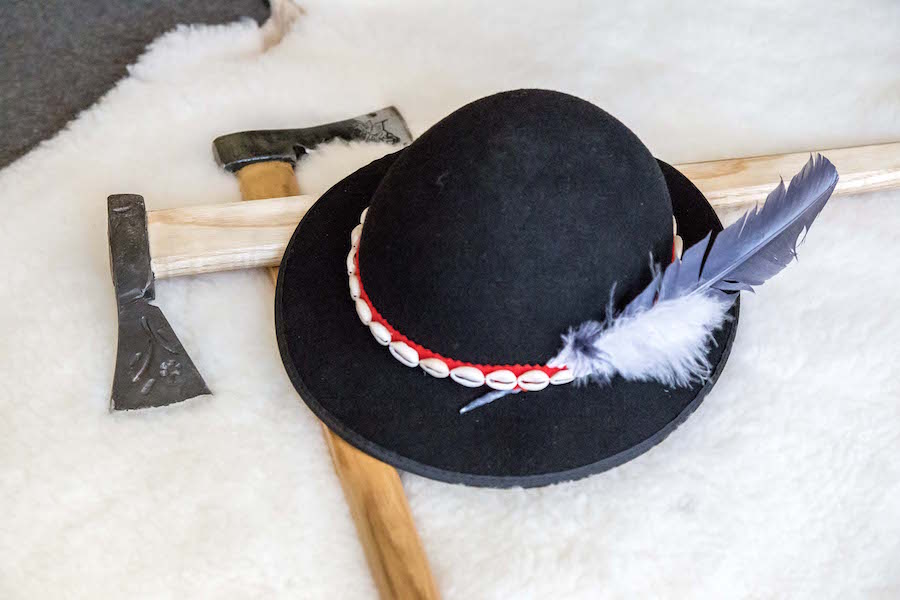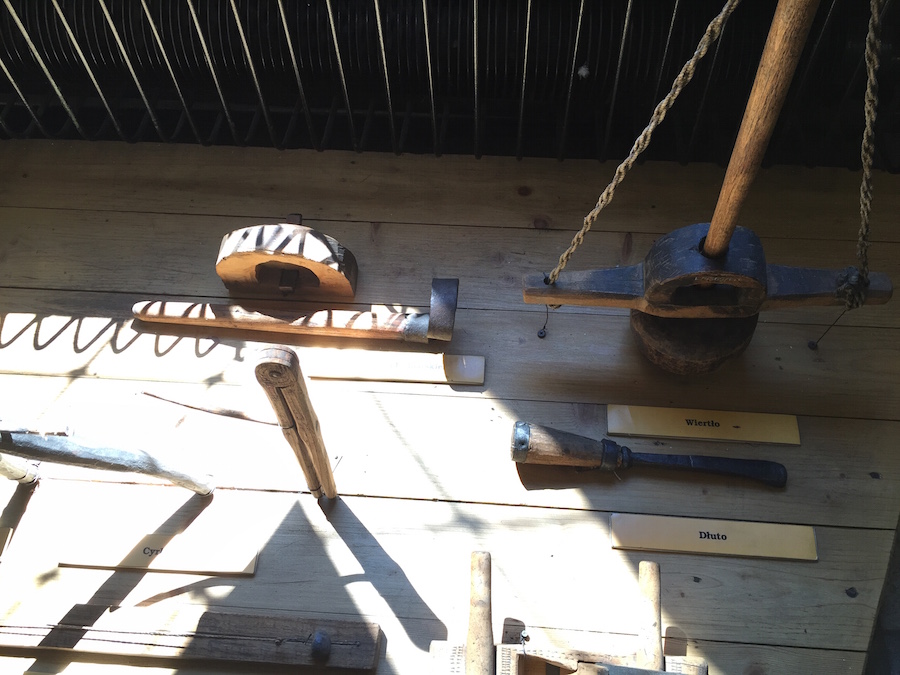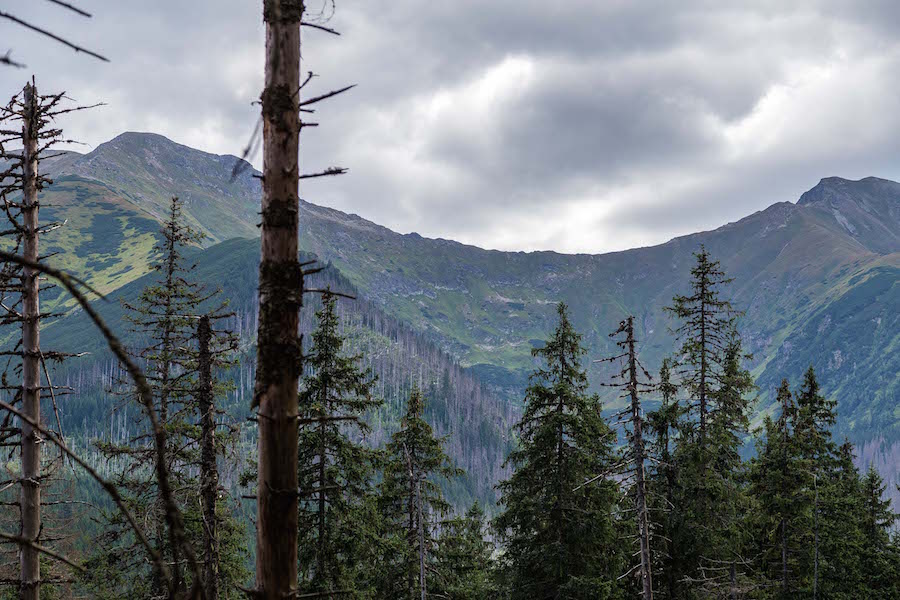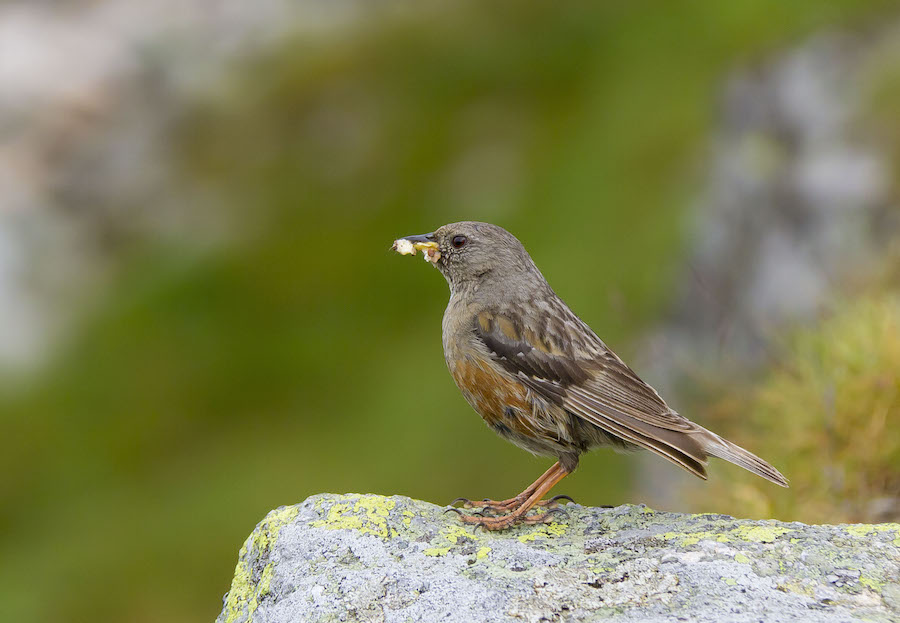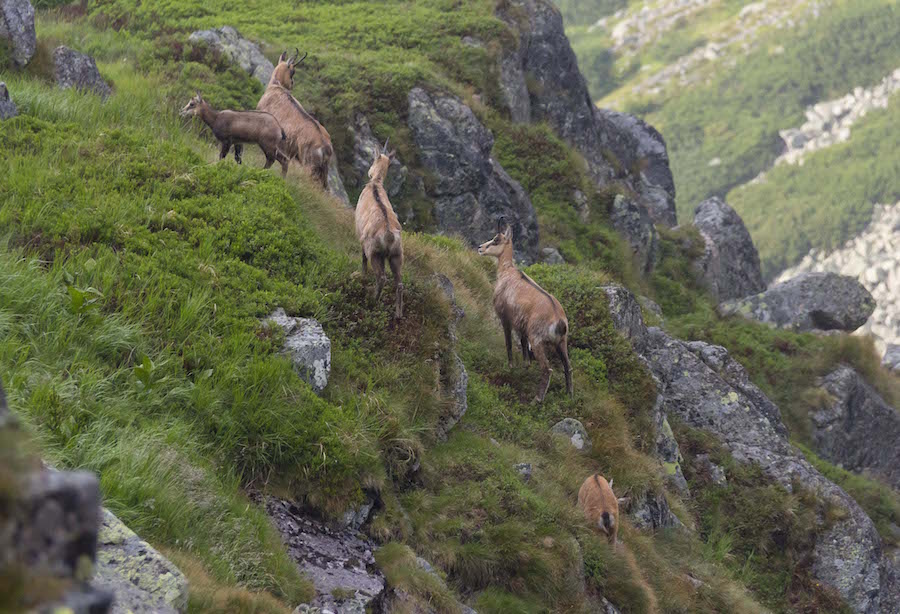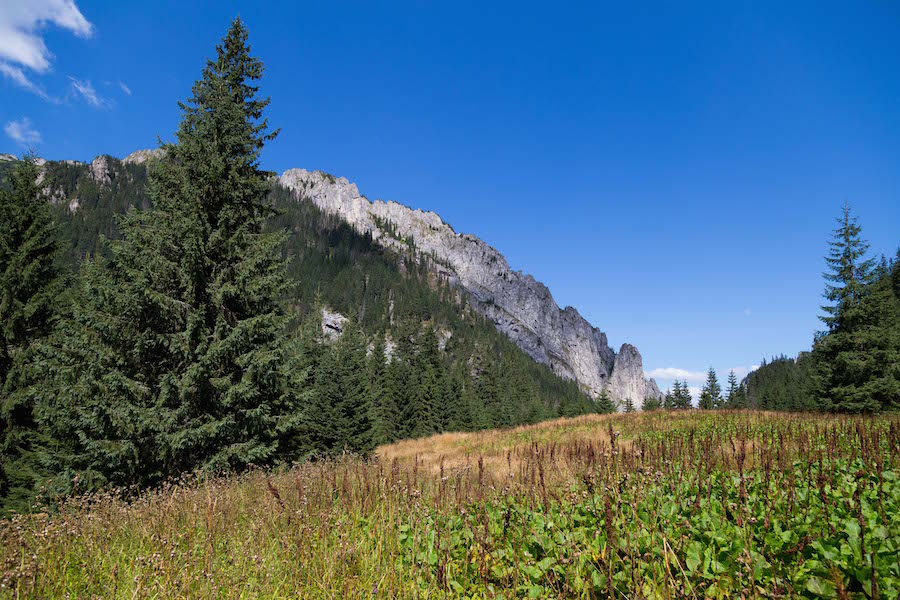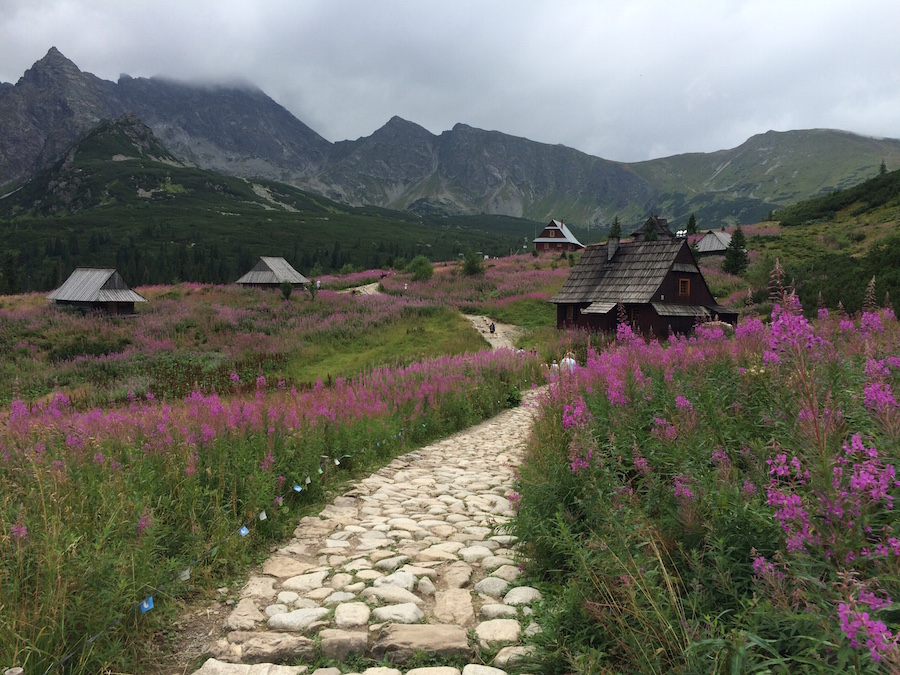One of the most important things in long-term camping is a good night sleep. To achieve that, you need to follow three basic rules regarding your camp site, roof and bed.
1. First of all, make sure you’re not wasting your time. Your camp cannot be too far or too close to a river.
 Too far, and all your basic needs and tasks will be a pain, requiring you to walk for several minutes to bring a litre of water just so you can go and repeat the process a few minutes later.
Too far, and all your basic needs and tasks will be a pain, requiring you to walk for several minutes to bring a litre of water just so you can go and repeat the process a few minutes later.
Too close, and you won’t be able to hear anything but the roar of the water running by. It may seem pleasant and relaxing when you just want to chill out and listen to it for a few minutes. But after some time, you realise that even the quietest creek can make falling asleep difficult and, what’s even more important, interfere with your most useful night-sense – hearing.
Camping too close is also associated with the risk of flooding.
2. Make sure your roof is not leaking. I see a lot of pictures of shelters on Facebook, Twitter and so on, with roofs less than adequate. I never criticise them because they’re often erected more for fun with kids than as a survival training.
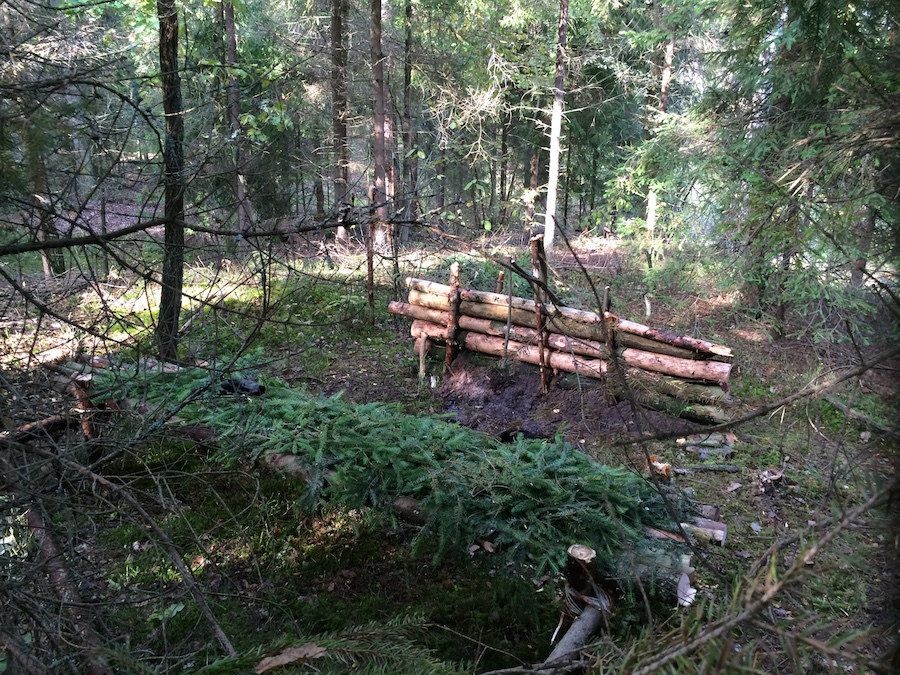 But habits are habits and personally, I think practice is only fruitful when it makes you better at something. So what’s wrong with most of those roofs? For starters, the slope is way too gentle and thatching much too thin. If you’re going to make a roof strictly from natural materials, it needs to be at least 30 cm (12″) thick and at a 60 degree angle. The roofs I see most often are at 30 to 45 degree angles and you can literally see daylight through them. That’s not even gonna protect you from wind, not to mention heavy rain, and you will not sleep at all, let alone sleep well.
But habits are habits and personally, I think practice is only fruitful when it makes you better at something. So what’s wrong with most of those roofs? For starters, the slope is way too gentle and thatching much too thin. If you’re going to make a roof strictly from natural materials, it needs to be at least 30 cm (12″) thick and at a 60 degree angle. The roofs I see most often are at 30 to 45 degree angles and you can literally see daylight through them. That’s not even gonna protect you from wind, not to mention heavy rain, and you will not sleep at all, let alone sleep well.
 On the other hand, making a proper roof to the right specification takes hours of hard work. Therefore, I’d suggest using bashas, tarps, ponchos or something of that nature whenever possible and only resorting to boughs, grass and moss for better insulation or to protect your tarp from sparks.
On the other hand, making a proper roof to the right specification takes hours of hard work. Therefore, I’d suggest using bashas, tarps, ponchos or something of that nature whenever possible and only resorting to boughs, grass and moss for better insulation or to protect your tarp from sparks.
3. Do not sleep on the ground (if you can avoid it) and make sure your bed is as comfortable as you can afford to make it at the time!
 A slightly raised bed has several advantages. Firstly, it’ll keep the, so called, creepy crawlies out. At least to some degree. You shouldn’t have problems with snakes, mice and rats either. But most importantly, it’ll keep you dry in case of heavy rain. Your roof may be perfect but it won’t stop water from flooding your camp when inch-deep puddles begin to form. Not the best way to find out you forgot about something important.
A slightly raised bed has several advantages. Firstly, it’ll keep the, so called, creepy crawlies out. At least to some degree. You shouldn’t have problems with snakes, mice and rats either. But most importantly, it’ll keep you dry in case of heavy rain. Your roof may be perfect but it won’t stop water from flooding your camp when inch-deep puddles begin to form. Not the best way to find out you forgot about something important.
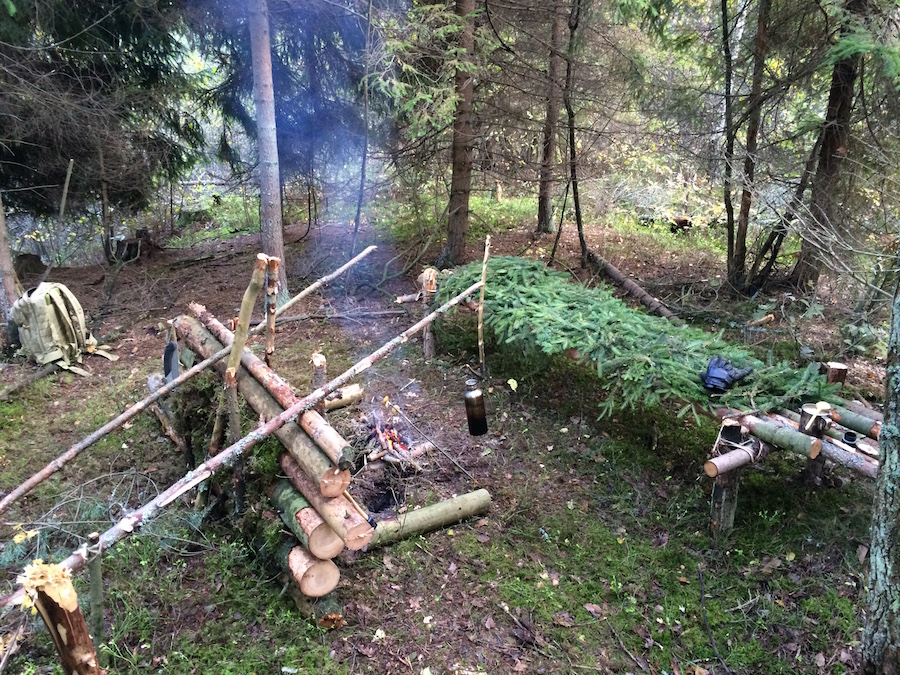 A raised bed acts a bit like a hammock but allows you to roll over as much as you like and even sleep on a side or your belly with your back straight. The extra space under the bed can be used for storing things in waterproof bags/containers or for placing hot rocks to keep you warm at night. Such configuration makes getting rid of ticks from the bedding easier as well. Simply put some smoking logs, fungi or pieces of punk wood under the bed for some time before you turn in. The smoke will take care of the parasites.
A raised bed acts a bit like a hammock but allows you to roll over as much as you like and even sleep on a side or your belly with your back straight. The extra space under the bed can be used for storing things in waterproof bags/containers or for placing hot rocks to keep you warm at night. Such configuration makes getting rid of ticks from the bedding easier as well. Simply put some smoking logs, fungi or pieces of punk wood under the bed for some time before you turn in. The smoke will take care of the parasites.
